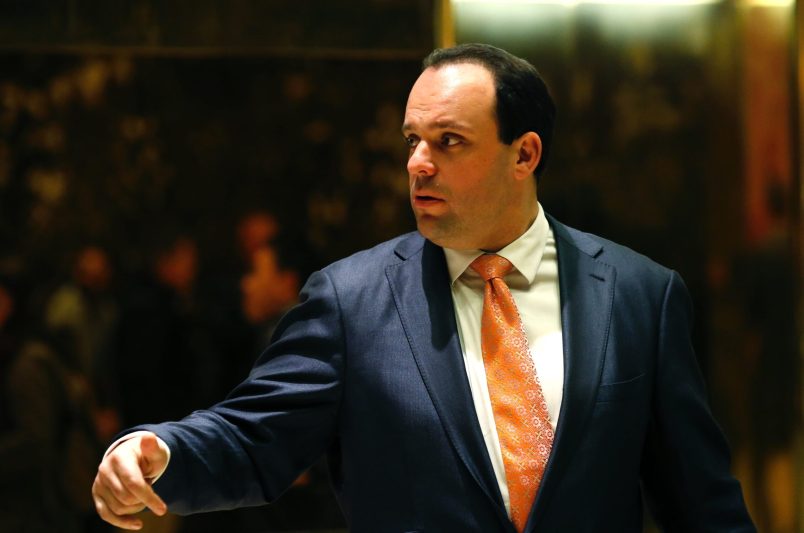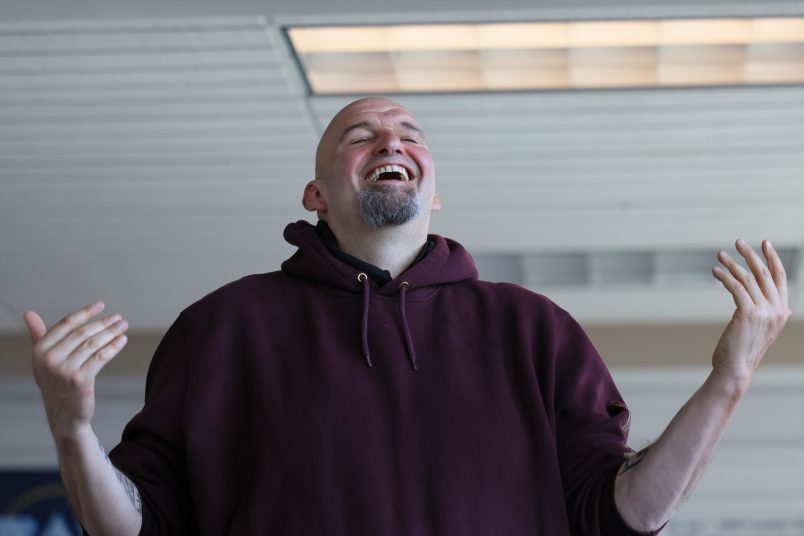As I mentioned over the weekend, I know just enough about British politics to get myself in trouble when writing about it on the blog. But with the surge of support for the Liberal Democrats in the upcoming UK election, a lot of readers have written in to ask just who the Liberal Democrats are? Who would they be in the context of US politics. Complicated question. And with the proviso that if you’re interested in learning more, I’d strongly advise you to peruse some of the many valuable sources of information available Interwebs, let me take a crack at answering this question.
Let’s start way back, in the late 19th century: then the UK’s two parties were the Tories and the Liberals. Both were parties made up of elites, even in many case aristocratic politicians. And the Liberals were mainly ‘liberal’ in the sense of free trade and classical liberalism. Still they were the more progressive of the two major parties, with the Tories then only half reconciled with the concept of democracy — as we’d now understand it — itself. But by the beginning of the 20th century the center of gravity within the party was moving toward leaders like David Lloyd George (and paradoxically the temporarily-Liberal Winston Churchill) who pushed through major progressive social legislation in the lead up to World War I, as well as the reform of the House of Lords.
But just as this was happening, the Labour Party (which began as a pressure group within the Liberal Party) burst on to the scene and essentially supplanted the Liberals as the major party on the left of British politics. By the 1920s, the Liberals had receded to third party status and remained there for the rest of the 20th century. In part this was because the emergence of Labour and the Tories’ incorporation of the more right-leaning Liberals (see the Chamberlain brothers, Churchill himself, etc.) simply took away much of the party’s raison d’etre. To a lesser extent, the structure of British electoral law made the Liberals even less of a force in Parliamentary then their national level of support might have suggested. (This is a key reason why electoral reform remains a key plank of the Liberal Democrats’ agenda.)
Now fast-forward half a century to the Thatcher-era. After the Tories under Margaret Thatcher beat Labour in the 1979 election, the Labour Party moved even further to the left. And in 1981, a group of moderate or right-leaning Labourites left the party to form the Social Democratic Party. The SDP contested the 1983 and 1987 elections in alliance with the Liberals. (The alliance ran close behind Labour in the national vote percentage but, because of the dispersion of votes only got 23 seats to Labour’s 209.) That alliance was finally gave way to a complete merge in 1988 and the creation of what became the Liberal Democrats.
In the 1992, 1997, 2001 and 2005 elections the Lib Dems started with 20 members of Parliament and then have slowly clawed their way to above 60 members, with the 1997 election as a breakthrough.
Now, who are the Lib Dems now? This is a tricky question because the current Liberal Democrats are in some ways both the right and the left of Labour, even though the origins of the party — both from the old Liberals and the break-away Social Democrats — were as options to the right of Labour. Very broadly speaking, on fiscal issues the Lib Dems are still probably to the right of Labour but on foreign policy, environmental policy, civil liberties and many of the hot button social-cultural issues of the day, the Lib Dems are either arguably or clearly to Labour’s left.







